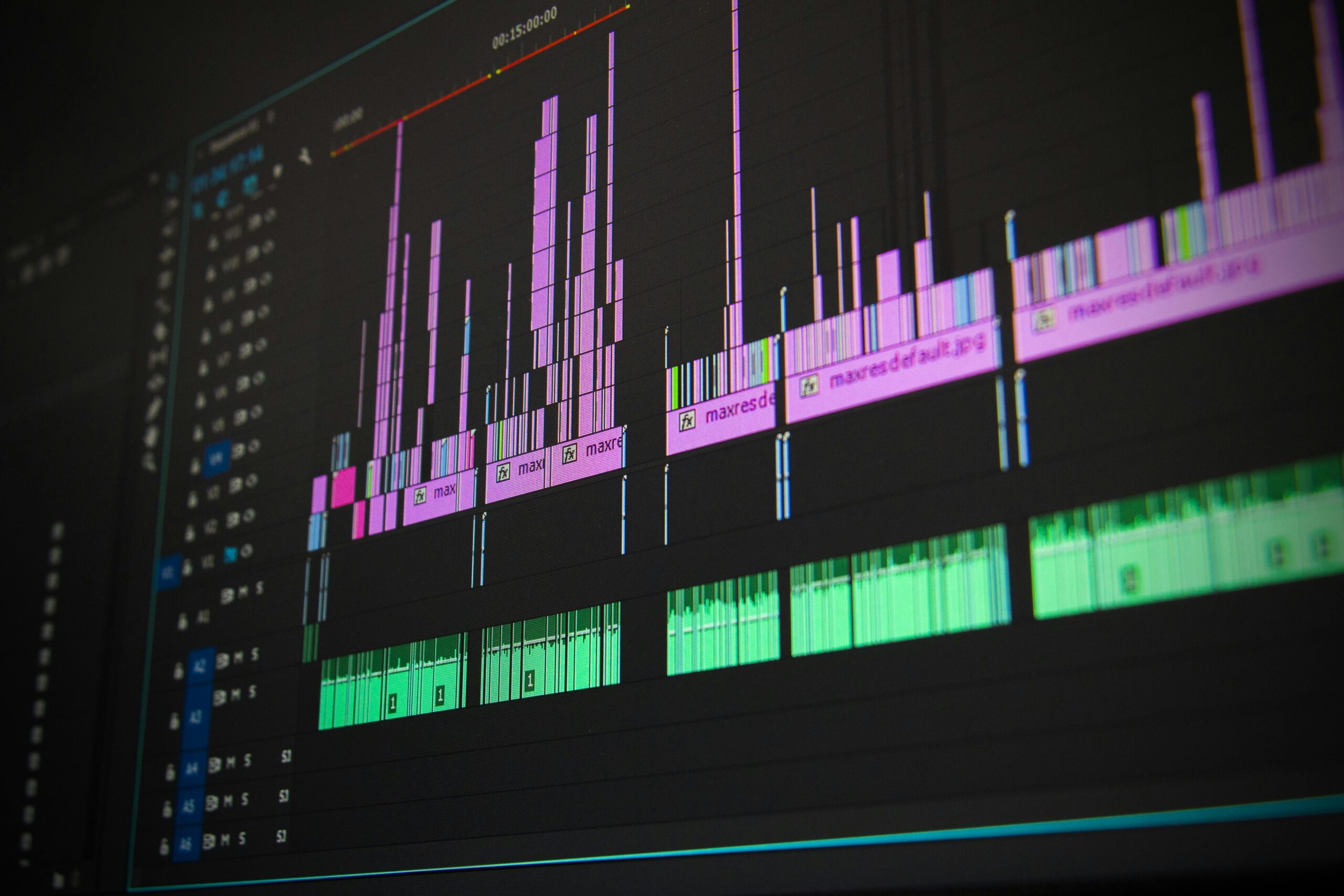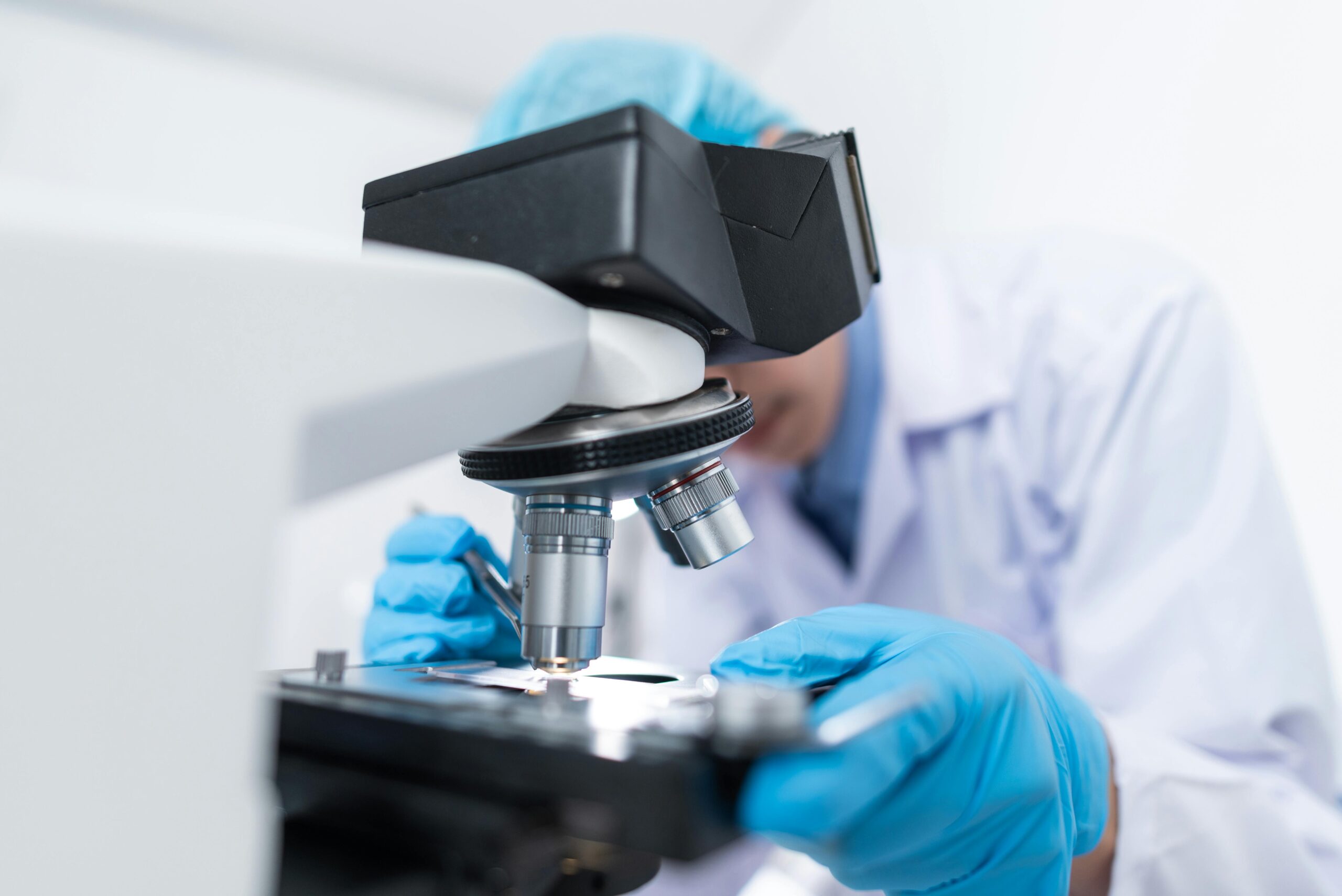The human body contains trillions of cells, each performing specialized functions that keep us alive. Yet every single one of these diverse cells traces back to a common origin: stem cells, nature’s master builders capable of becoming virtually any cell type in our body. 🧬
Understanding stem cell biology represents one of the most exciting frontiers in modern science, offering unprecedented insights into human development, disease mechanisms, and potential therapeutic interventions. The journey from a single fertilized egg to a fully formed human being involves intricate pathways of cellular differentiation that scientists are only beginning to decode completely.
The Extraordinary Nature of Stem Cells: Biological Architects of Life
Stem cells possess two fundamental characteristics that distinguish them from other cells: self-renewal and potency. Self-renewal allows stem cells to divide and create copies of themselves, maintaining a reservoir of undifferentiated cells throughout an organism’s lifetime. Potency refers to their ability to differentiate into specialized cell types, ranging from neurons that transmit electrical signals to cardiac cells that rhythmically contract to pump blood.
These remarkable cells exist in different forms throughout our lives. Embryonic stem cells, found in early-stage embryos, possess the highest degree of potency and can theoretically become any cell type in the body. Adult stem cells, residing in specific tissues like bone marrow, brain, and skin, maintain more limited but crucial regenerative capabilities throughout our lifetime.
The discovery of induced pluripotent stem cells (iPSCs) revolutionized the field by demonstrating that specialized adult cells could be reprogrammed back into an embryonic-like state. This breakthrough, recognized with a Nobel Prize in 2012, opened new avenues for research while addressing ethical concerns surrounding embryonic stem cell research.
Decoding the Molecular Symphony of Cell Differentiation 🎵
Cellular differentiation represents an exquisitely choreographed biological process where stem cells progressively restrict their developmental potential and acquire specialized functions. This transformation involves profound changes in gene expression patterns, cellular structure, and biochemical capabilities.
At the molecular level, differentiation begins with extracellular signals—growth factors, hormones, and physical cues from the surrounding environment. These signals activate specific receptors on the stem cell surface, triggering cascades of intracellular signaling pathways that ultimately reach the cell’s nucleus.
The Critical Role of Transcription Factors
Transcription factors serve as master switches that control which genes are turned on or off during differentiation. These proteins bind to specific DNA sequences, recruiting or blocking the cellular machinery responsible for transcribing genes into RNA. Different combinations of transcription factors create unique gene expression signatures that define distinct cell types.
For example, the transcription factor MyoD is sufficient to convert certain cell types into muscle cells, while the combination of Oct4, Sox2, Klf4, and c-Myc can reprogram adult cells into pluripotent stem cells. These discoveries highlight how specific molecular players orchestrate cellular identity.
Epigenetic Modifications: The Hidden Layer of Control
Beyond DNA sequence itself, epigenetic modifications provide an additional layer of gene regulation crucial for differentiation. These chemical modifications to DNA and histone proteins don’t change the genetic code but dramatically influence which genes can be accessed and expressed.
DNA methylation typically silences genes, while histone acetylation generally promotes gene expression. During differentiation, stem cells establish cell-type-specific epigenetic landscapes that stabilize their new identity and ensure genes appropriate for other cell types remain silenced.
The Developmental Roadmap: From Pluripotency to Specialization
The differentiation process follows hierarchical pathways, with stem cells progressively committing to more restricted lineages. This journey typically proceeds through several defined stages, each characterized by specific marker proteins and functional capabilities.
Pluripotent stem cells first commit to one of three primary germ layers: ectoderm (which forms skin and nervous system), mesoderm (which develops into muscle, bone, and blood), or endoderm (which creates internal organs like lungs and digestive system). This initial commitment represents a critical developmental decision that limits future differentiation possibilities.
From these germ layers, cells continue differentiating through increasingly specialized intermediate stages. For instance, mesodermal cells might become hematopoietic stem cells, which can then differentiate into various blood cell types including red blood cells, white blood cells, and platelets. Each step involves additional transcriptional and epigenetic changes that refine cellular identity.
Signaling Pathways: The Communication Networks Guiding Differentiation 📡
Several conserved signaling pathways play crucial roles in directing stem cell fate decisions. Understanding these pathways has proven essential for both comprehending normal development and manipulating stem cells for therapeutic purposes.
The Wnt Signaling Pathway
Wnt signaling influences numerous developmental processes and stem cell behaviors. When active, Wnt proteins bind to cell surface receptors, stabilizing β-catenin protein, which enters the nucleus to activate target genes. This pathway helps maintain stem cell pluripotency in some contexts while promoting specific differentiation programs in others, depending on cellular context and timing.
The Notch Signaling System
Notch signaling operates through direct cell-to-cell contact, allowing neighboring cells to coordinate their fates. When a Notch ligand on one cell binds to a Notch receptor on an adjacent cell, the receptor undergoes cleavage, releasing an intracellular domain that travels to the nucleus to regulate gene expression. This pathway frequently maintains stem cell populations while preventing premature differentiation.
Growth Factor Pathways
Various growth factors, including bone morphogenetic proteins (BMPs), fibroblast growth factors (FGFs), and transforming growth factor-beta (TGF-β) family members, provide critical differentiation cues. These secreted proteins activate receptor tyrosine kinases or serine/threonine kinase receptors, initiating signaling cascades that influence cell fate decisions.
The Microenvironment: Context Shapes Destiny
Stem cells don’t exist in isolation but reside within specialized microenvironments called niches. These niches provide physical support, chemical signals, and cellular interactions that collectively regulate stem cell behavior and differentiation.
The bone marrow niche houses hematopoietic stem cells amid stromal cells, blood vessels, and extracellular matrix components that deliver precisely calibrated signals. Similarly, the intestinal crypt niche supports intestinal stem cells that continuously regenerate the gut lining throughout life.
Physical properties of the niche also influence stem cell fate. Substrate stiffness, three-dimensional structure, and mechanical forces all contribute to differentiation decisions through mechanotransduction pathways that convert physical cues into biochemical signals.
From Laboratory to Medicine: Therapeutic Applications of Stem Cell Biology 🏥
Understanding stem cell biology and differentiation pathways has profound implications for regenerative medicine and disease treatment. Researchers are developing strategies to harness these cells for repairing damaged tissues, modeling diseases, and screening potential drugs.
Regenerative Medicine and Tissue Engineering
Stem cell-based therapies aim to replace damaged or diseased cells with healthy, functional ones. Bone marrow transplantation, used for decades to treat blood disorders and cancers, represents the most established stem cell therapy. More recent approaches seek to regenerate cardiac tissue after heart attacks, restore insulin-producing cells in diabetes, or replace neurons lost in neurodegenerative diseases.
Scientists can now direct stem cells to differentiate into specific cell types in the laboratory by manipulating signaling pathways and growth factor exposure. These differentiated cells can then potentially be transplanted into patients, though significant challenges remain regarding cell survival, integration, and long-term function.
Disease Modeling and Drug Discovery
Patient-derived iPSCs provide powerful tools for studying disease mechanisms. Researchers can generate stem cells from patients with genetic disorders, differentiate them into affected cell types, and study disease processes in culture dishes. This approach has yielded insights into conditions ranging from amyotrophic lateral sclerosis (ALS) to heart disease.
These disease-in-a-dish models also facilitate drug screening, allowing researchers to test thousands of compounds on human cells without requiring human clinical trials initially. This strategy accelerates drug development while reducing costs and ethical concerns.
Challenges and Frontiers in Stem Cell Research 🔬
Despite remarkable progress, significant challenges remain in fully understanding and controlling stem cell differentiation. One major hurdle involves achieving complete and stable differentiation in laboratory conditions. Cultured cells sometimes retain residual stem cell characteristics or fail to acquire all functional properties of their in vivo counterparts.
Controlling cell fate with precision remains difficult, as differentiation protocols often produce heterogeneous populations with varying degrees of maturation. Developing more refined protocols that reliably generate pure populations of desired cell types represents an ongoing research priority.
Safety concerns also require careful attention. Undifferentiated stem cells remaining in therapeutic preparations could potentially form tumors called teratomas. Ensuring complete differentiation and eliminating residual pluripotent cells is critical for clinical applications.
Single-Cell Technologies Revolutionize Understanding
Recent technological advances, particularly single-cell RNA sequencing, have transformed stem cell research. These techniques allow researchers to profile gene expression in thousands of individual cells simultaneously, revealing previously hidden cellular diversity and intermediate differentiation states.
Single-cell approaches have uncovered unexpected heterogeneity within supposedly uniform stem cell populations and mapped detailed trajectories of differentiation processes. This information helps refine our understanding of how cells transition between states and identifies new markers for specific cell types.
Ethical Considerations in the Stem Cell Era
The powerful capabilities of stem cell technology raise important ethical questions that society must address thoughtfully. Embryonic stem cell research has generated significant debate regarding the moral status of early embryos and appropriate sources for these cells.
The development of iPSC technology partially addressed these concerns by providing pluripotent cells without destroying embryos. However, new ethical questions emerge regarding potential applications like human cloning, germline modifications, or creating human-animal chimeras for research purposes.
Equitable access to stem cell therapies represents another ethical consideration. As these treatments develop, ensuring they benefit broad populations rather than only wealthy individuals will require careful policy decisions and healthcare system planning.
The Convergence of Stem Cell Biology with Other Scientific Disciplines 🌐
Modern stem cell research increasingly intersects with other fields, creating synergistic opportunities for discovery. Bioengineering contributes sophisticated biomaterials and three-dimensional culture systems that better recapitulate native tissue environments. These organoid technologies allow researchers to grow miniature organs from stem cells, providing unprecedented models for development and disease.
Computational biology and artificial intelligence now assist in analyzing the massive datasets generated by single-cell technologies and predicting optimal differentiation conditions. Machine learning algorithms can identify patterns in complex data that might elude human observers, potentially accelerating protocol development.
Systems biology approaches integrate information across molecular, cellular, and tissue levels to construct comprehensive models of differentiation processes. These holistic perspectives help researchers understand how multiple signaling pathways interact and how perturbations at one level cascade through biological systems.
Looking Forward: The Future Landscape of Stem Cell Science
The field of stem cell biology stands at an exciting juncture, with fundamental discoveries continuing to emerge while clinical applications gradually mature. Future research will likely focus on several key areas that promise to deepen understanding and expand therapeutic possibilities.
In vivo reprogramming represents an ambitious goal: converting cells directly within the body rather than in laboratory dishes. Early experiments have demonstrated proof-of-concept, such as converting pancreatic cells into insulin-producing cells in diabetic mice. Translating these approaches to humans could revolutionize regenerative medicine by eliminating transplantation requirements.
Understanding and potentially reversing aging through stem cell biology offers another frontier. As we age, stem cell function declines in many tissues, contributing to reduced regenerative capacity. Unraveling the mechanisms underlying this decline and developing interventions to restore youthful stem cell function could extend healthspan and treat age-related diseases.
Personalized medicine will increasingly incorporate stem cell technologies. Patient-specific iPSCs can be differentiated into various cell types for personalized drug testing, identifying optimal treatments while avoiding adverse reactions. This approach could transform clinical decision-making, particularly for complex diseases with variable treatment responses.

Celebrating the Blueprint of Life: A Testament to Biological Complexity ✨
Stem cell biology reveals the extraordinary sophistication underlying life’s blueprint. The journey from a single pluripotent cell to the diverse, specialized cells comprising our bodies involves countless molecular decisions, environmental influences, and regulatory checkpoints operating with remarkable precision.
Each cell type represents a unique solution to functional challenges, optimized through evolution and executed through differentiation programs encoded in our genomes. The heart muscle cell’s rhythmic contractions, the neuron’s electrical signaling capacity, and the immune cell’s pathogen-fighting abilities all emerge from the same genetic information, activated through different developmental programs.
This remarkable plasticity—the ability of stem cells to read the same genetic blueprint yet produce vastly different outcomes—underscores both the elegance of biological design and the complexity researchers continue to unravel. Every discovery in this field not only advances scientific knowledge but also moves us closer to harnessing these natural processes for healing and improving human health.
As research progresses, the boundaries between basic biology, clinical medicine, and biotechnology continue to blur, creating integrated approaches to understanding and treating disease. The stem cell field exemplifies modern biology’s collaborative nature, requiring expertise spanning molecular biology, genetics, engineering, computational science, and clinical medicine.
The coming decades promise continued revelations about how cells make fate decisions, how tissues maintain themselves throughout life, and how we might guide these processes therapeutically. While significant challenges remain, the foundation established through decades of stem cell research provides reason for optimism about future breakthroughs that could transform medicine and our understanding of life itself.
Toni Santos is a biotechnology storyteller and molecular culture researcher exploring the ethical, scientific, and creative dimensions of genetic innovation. Through his studies, Toni examines how science and humanity intersect in laboratories, policies, and ideas that shape the living world. Fascinated by the symbolic and societal meanings of genetics, he investigates how discovery and design co-exist in biology — revealing how DNA editing, cellular engineering, and synthetic creation reflect human curiosity and responsibility. Blending bioethics, science communication, and cultural storytelling, Toni translates the language of molecules into reflections about identity, nature, and evolution. His work is a tribute to: The harmony between science, ethics, and imagination The transformative potential of genetic knowledge The shared responsibility of shaping life through innovation Whether you are passionate about genetics, biotechnology, or the philosophy of science, Toni invites you to explore the code of life — one discovery, one cell, one story at a time.




